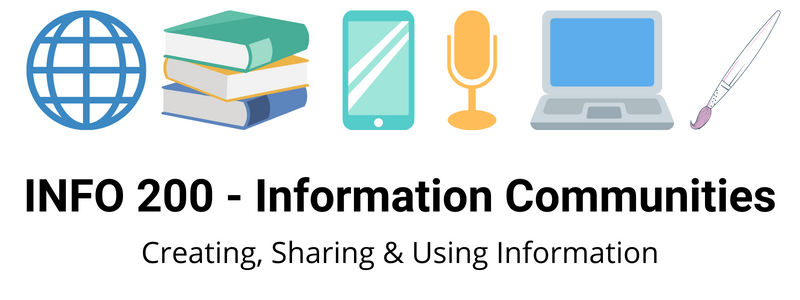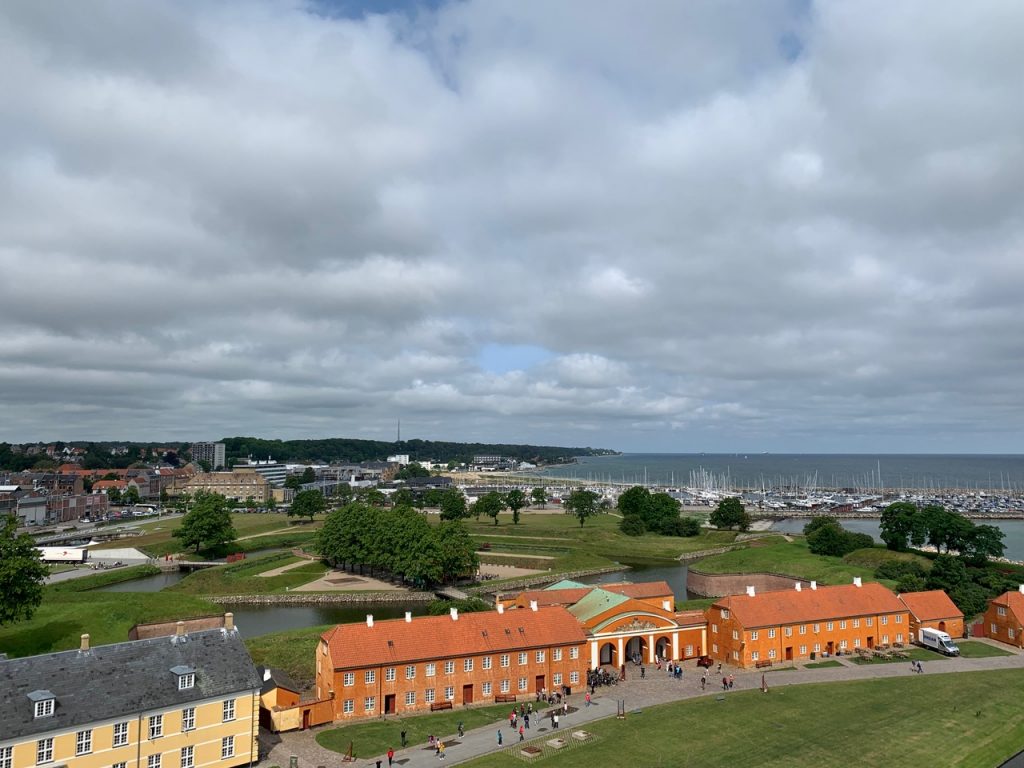Community is defined in the early works of Robert Park as being rooted in a certain geographic location, a common bond, and mutual interdependence. Peter Block offers a recent definition in Community: The Structure of Belonging (2008), claiming that “Communities are human systems given form by conversations that build relatedness” that emphasizes conversations (Block). These conversations can play out in physical space and virtually. Howard Rheingold’s The Virtual Community (1993) defines the Internet as an interconnected computer network utilizing Computer-mediated Communication (CMC) to link people all over the globe in open discussions. He defines ‘virtual community’ as “social aggregators that emerge from the Net when enough people carry on those public discussions long enough, with sufficient human feeling, to form webs of personal relationships in cyberspace” (Rheingold, p. 5). This module explores the nature of information, definitions of community, and how communities form around information and knowledge sharing/creation
- Lecture: Web Version
- Lecture Slides: Download Module 1 – Information Communities – An Introduction here
- Video File: Download Video Podcast (mp4)
- Audio File: Download Audio Podcast (mp3)
Things to Read:
Click here for Module One’s readings.
Note: Some of the articles you will be reading this term were published years ago (sometimes decades ago!), but because they are foundational pieces and because this is a foundational class, we are assigning them so that you know the important articles in our field to which many more recent articles will refer.
Things to Explore:
Click here to explore extra resources for Module One.
References:
Block, P. (2008). Community: The structure of belonging. San Francisco, CA: Berrett-Koehler Publishers.
Park, R. (1936). Human ecology. American Journal of Sociology, 17(1), 1-15.
Rheingold, H. (1993). The Virtual Community: Homesteading on the Electronic Frontier. New York, NY: HarperPerennial.
Next: Module 2: Researching Information Communities

